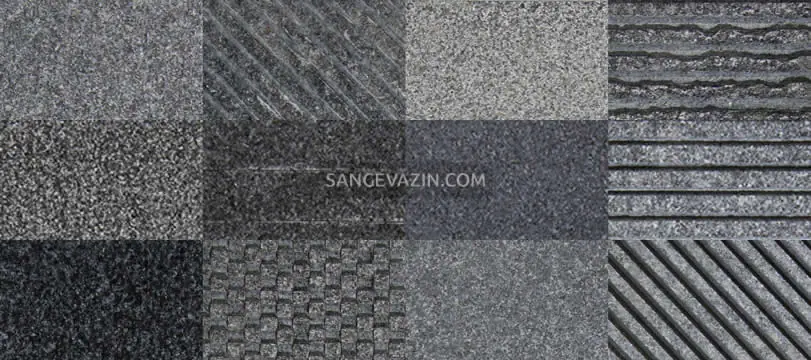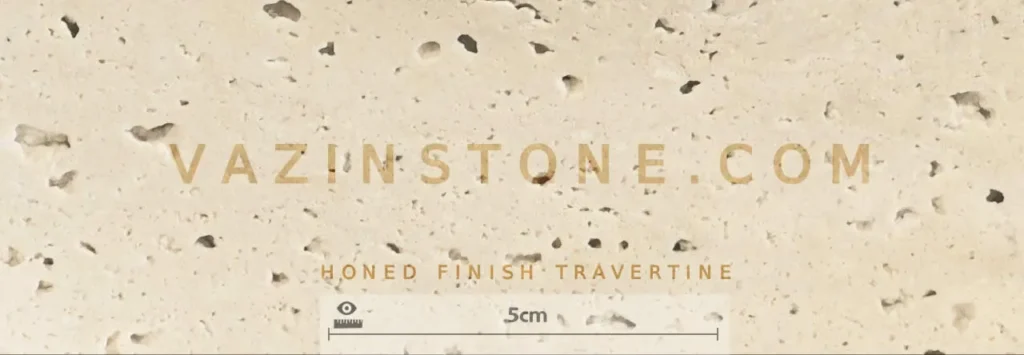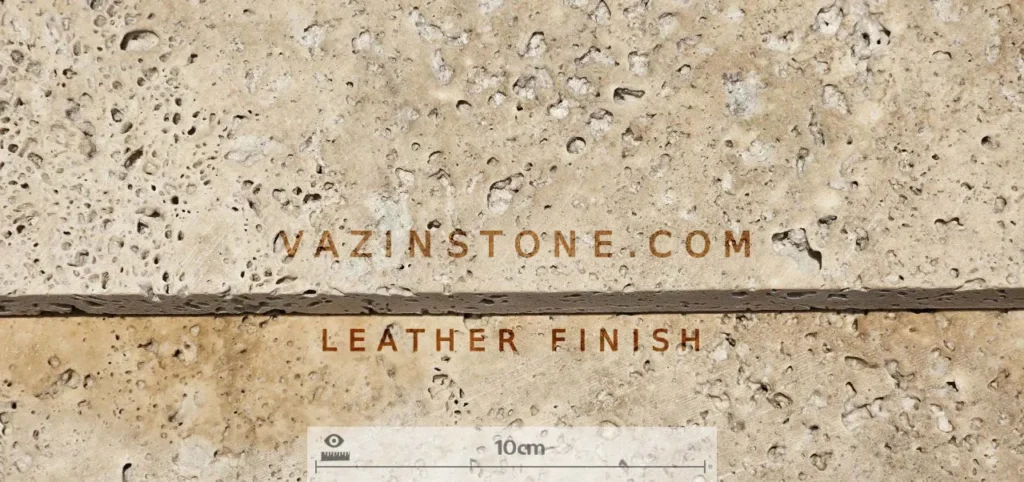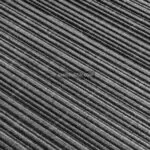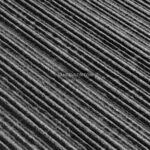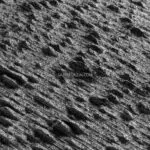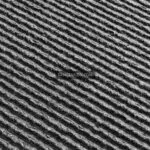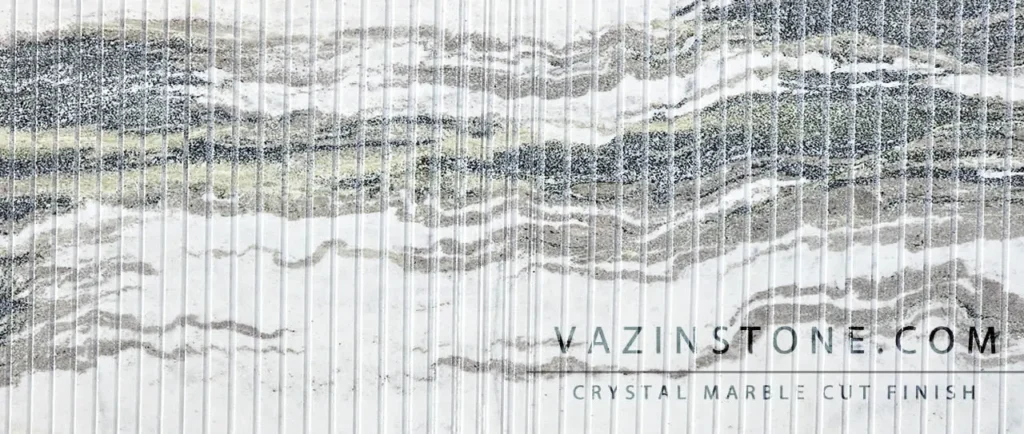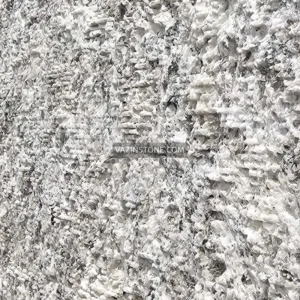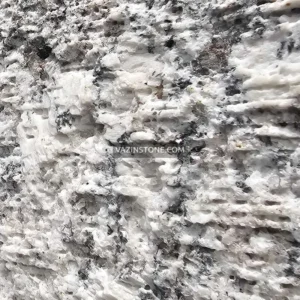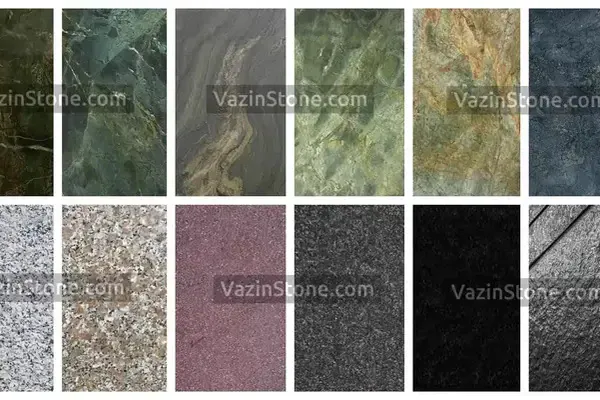Types of stone finishing
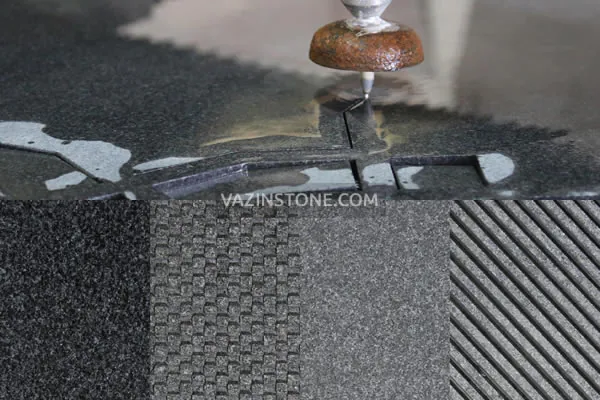
Stone finishing is a crucial phase in stone production and processing. Since various building stones have specific uses in different building parts, stone surfaces must be finished accordingly based on their purpose. For example, some areas require a rough surface to prevent slipping, while others need a glossy surface. This article explores the different kinds of stone finishes.
You can learn more about stone finishes in the article below:
Table of Contents
1/ Polished
The stone’s most common and most used finish is the polished finish. In this finish, the stone’s surface becomes completely polished and shiny. The most common use of this finish is on stairs, floors (generally interior spaces), and walls of buildings, and it should be avoided for use where it is possible to get wet and slippery.


2/ Honed
The stone’s surface is smooth but lacks a shine or light reflection due to its honed finish. This finish is known for appearing more natural and less slippery compared to polished surfaces. Additionally, the stone’s color appears lighter with a honed finish.
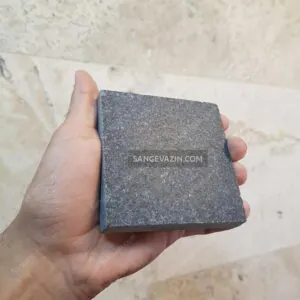
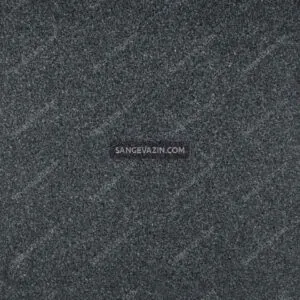
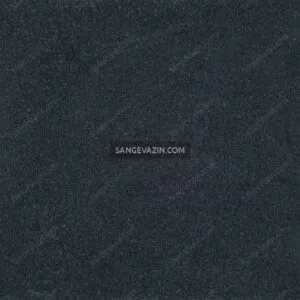
3/ Flammed
Granite stones with a strong resistance often get this finish. In the flammed finish, the stone’s surface is heated by a torch with a low flame, creating a rough surface that prevents slippage. This finish can be used on the floor of the outside area and surrounding the stairs and pool.
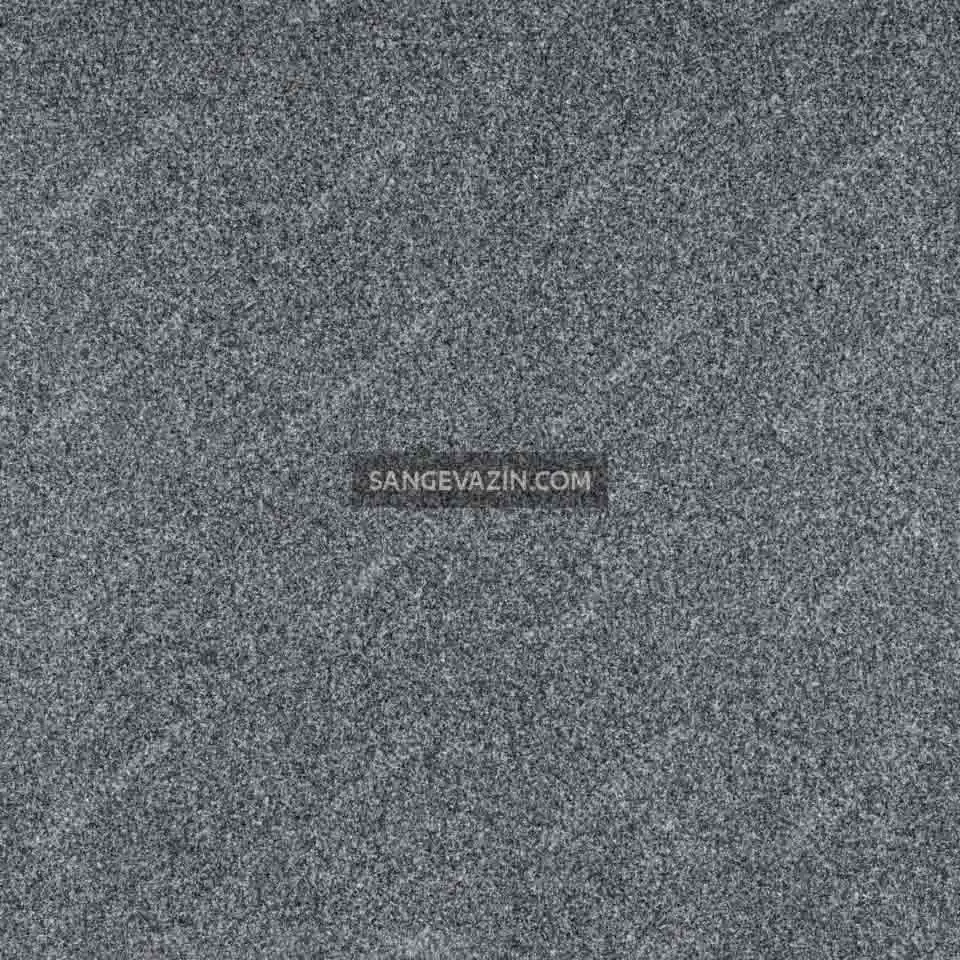
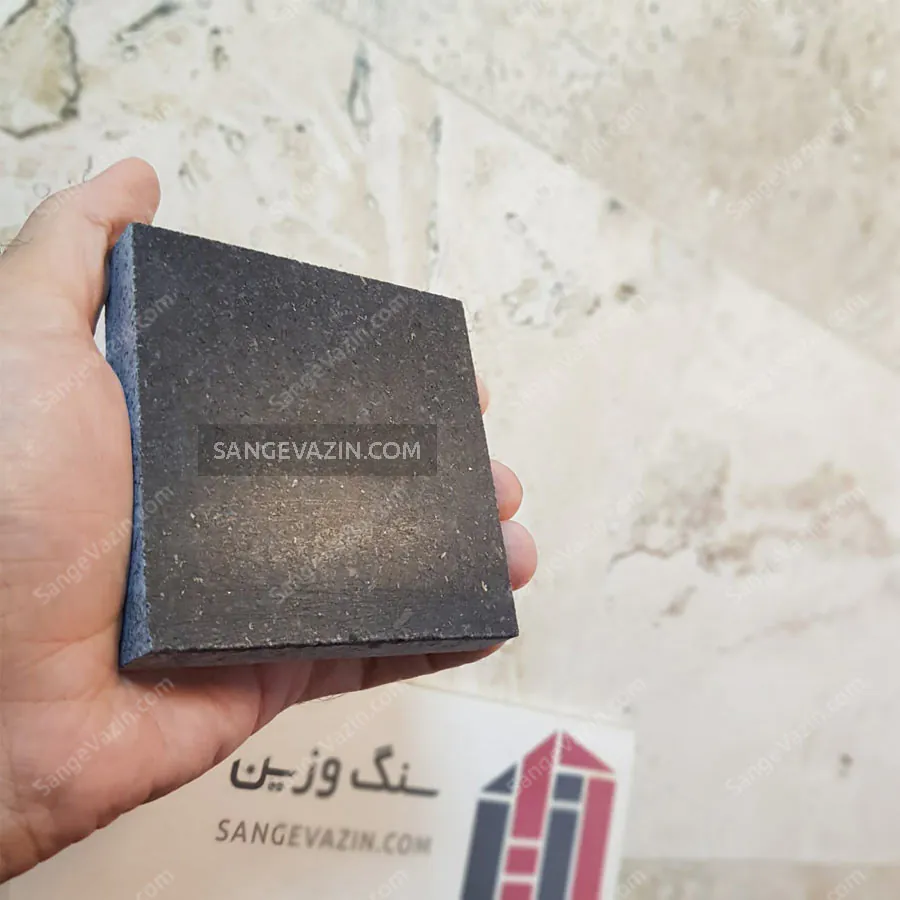
4/ Leathered
In this process, the stone surface is commonly washed using acid. This results in surface compounds reacting with the acid to form a shiny layer on the surface, accompanied by minor smooth irregularities measuring in millimeters.
5/ Leather flammed and flammed brushed
For a natural and classic look, leather diamond-tipped brushes finish uneven and unpolished stone surfaces. Because of its friction, this type of finish is perfect for flooring, outdoor stairs, swimming pools, sidewalks, bathroom floors, and even kitchen countertops.
By painting the flame-finished stone with special epoxy paint in 3 stages, performing the thermal stabilization process in the oven after each step, and finally removing the stain left on the surface, it is possible to achieve a colored leather-flammed finish.
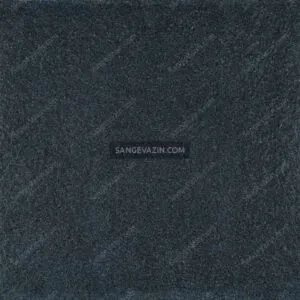
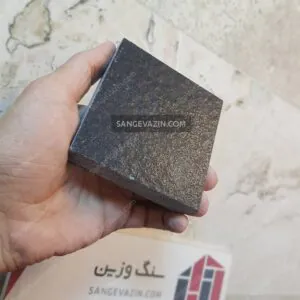
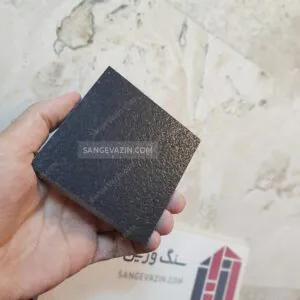
6/ cut
Producing parallel or diagonal grooves on stone surfaces is called a “cut finish”. The various types of this finish are outlined below:
Polished cut
Creating parallel grooves on polished stone is known as a polished cut finish. This finish gives the building’s facade a stunning appearance.
Irregular cut
The finish of the stone has an irregular cut with grooves that create an eye-catching effect on the tiles.
Irregular sandblast cut
The irregular sandblast cut involves creating uneven grooves on the stone tiles while adding tiny abrasive particles to smooth out the edges of the grooves and ensure consistent coloring of the tiles.
Broken cut
To get a broken-cut finish, make consistent cuts on the stone and break it with a hammer.
It’s commonly used on building facades and fountains.
Sandblast broken cut
“Sandblast broken cut” is a stone finish with softer edges and protruding indentations, resulting in a uniform color.
Hammered cut
We achieve a rough surface after cutting by using a bushhammer with diamond-tipped brushes. This process creates a visually appealing stone appearance and is often used in the design of fountains and villa facades.
Flammed cut
Creating parallel grooves in flamed stone preserves its natural characteristics while providing a high level of friction, making it an excellent option for sloping parking lots.

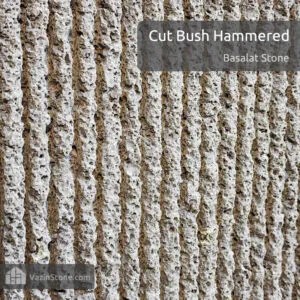
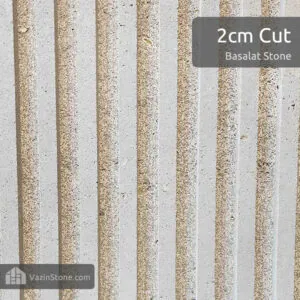
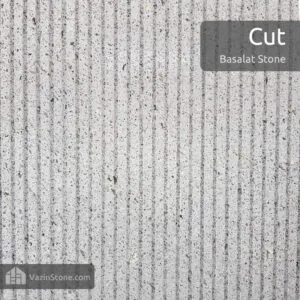
7/ Bush Hammered
Bush hammered finishing is achieved using sharp and durable tools on a polishing machine. This method involves altering the stone’s surface using rotary tools, resulting in a needle-like appearance and the formation of pores. Because of the intense friction generated by this finish, it is a suitable option for surfaces that require slip resistance.
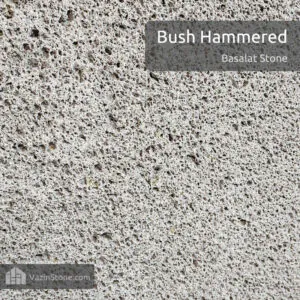

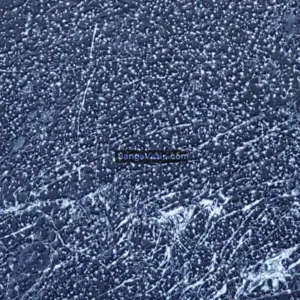
8/ Scratched
A scratched finish on stone is achieved by making small, shallow, parallel grooves, which creates a rough texture.
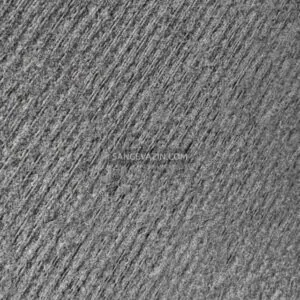
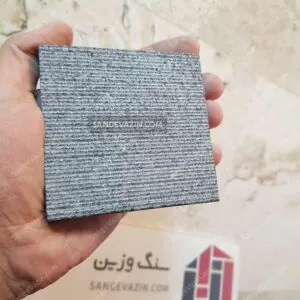
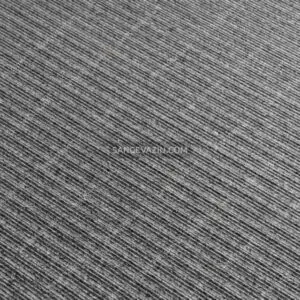
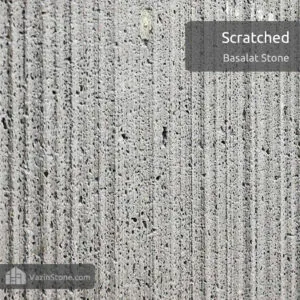
9/ Cotton
The cotton finish stone is achieved by creating horizontally and vertically perpendicular grooves at equal intervals. This results in a surface with high friction and a visually appealing appearance.
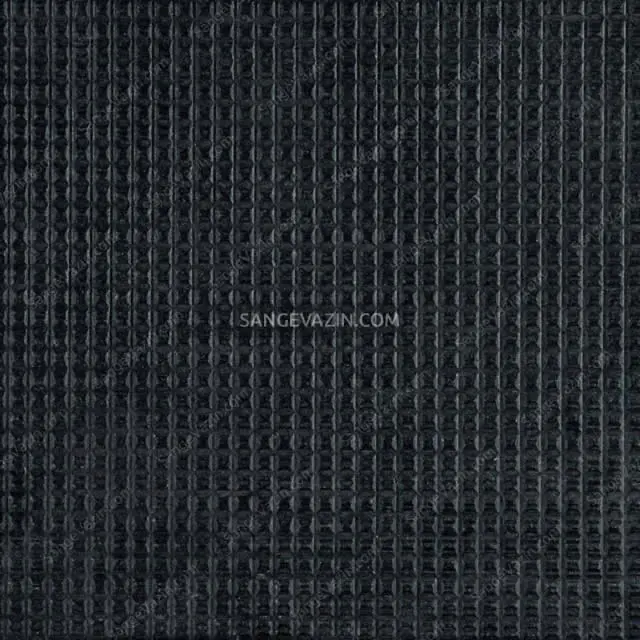

10/ Rock Design
In rock design processing using a CNC machine and specialized blades, the softer areas of the stone are meticulously polished while preserving the integrity of the harder layers as much as possible. This processing technique creates a surface on the stone that resembles the appearance of natural rock. Rock design processing is frequently performed on book-matched and four-matched slabs.
11/ Matrix
One of the most recent techniques in the stone industry is matrix. The stone’s original color is frequently altered when this type of processing is applied. Also, matrix processing creates a 3D form on the stone that resembles the unworn, natural roughness of the stone. Another characteristic of this type of processing is that it increases the stone’s resistance to impact and scratches.
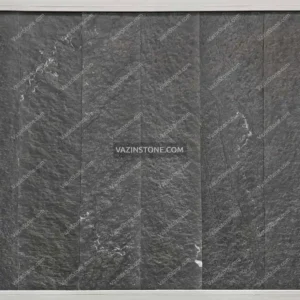
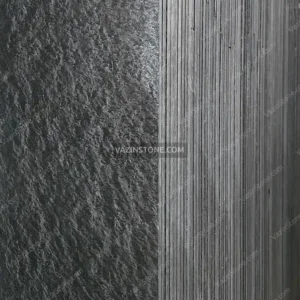
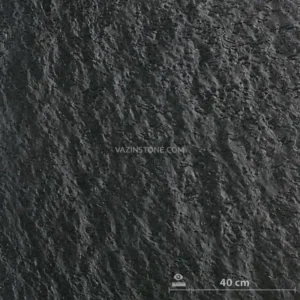
Natural Blended Stone Finishes
The gallery below showcases a variety of granite finishes that have been combined.
One instance is the cut (groove) finish, applied on the scratched finish, using vertical and horizontal cuts. This process enables the creation of aesthetically pleasing and innovative patterns. The rough scratch surface is highly beneficial in high-traffic areas, offering advantages both in terms of appearance and usefulness.
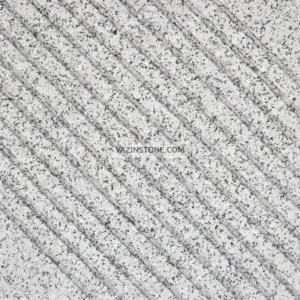

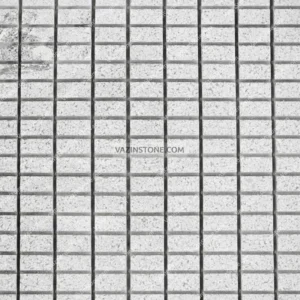
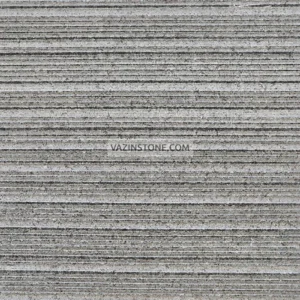
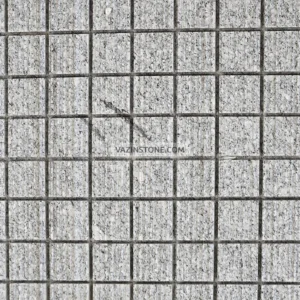
Stone Finishes Gallery
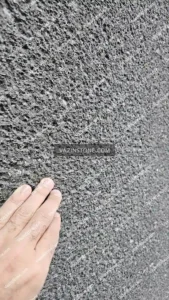
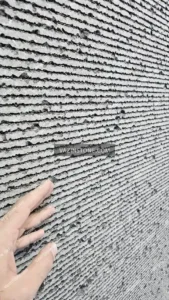
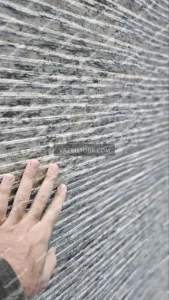
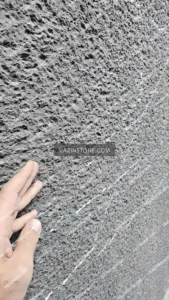
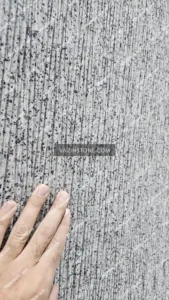
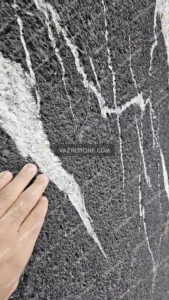
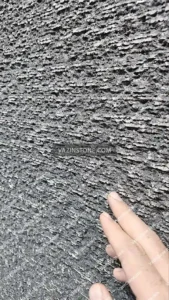
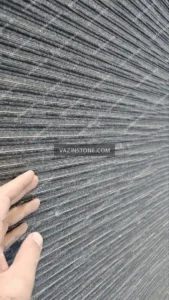
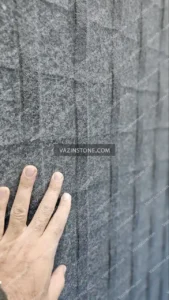
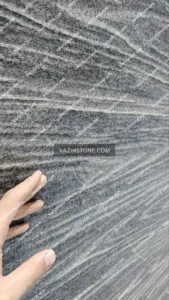
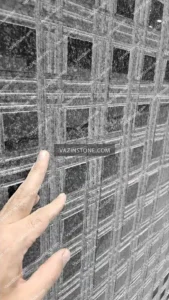
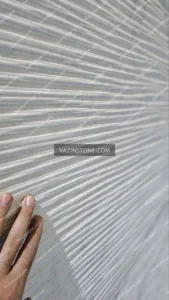
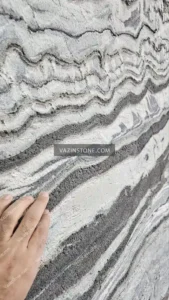
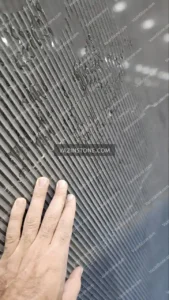
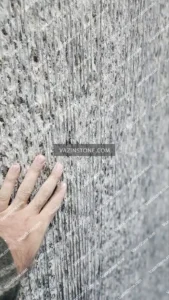
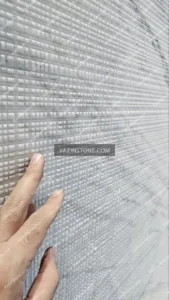
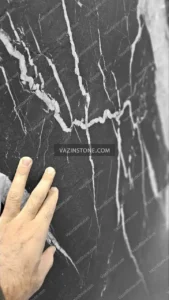
Publish on:
July 21, 2023
Updated on:
December 26, 2024
